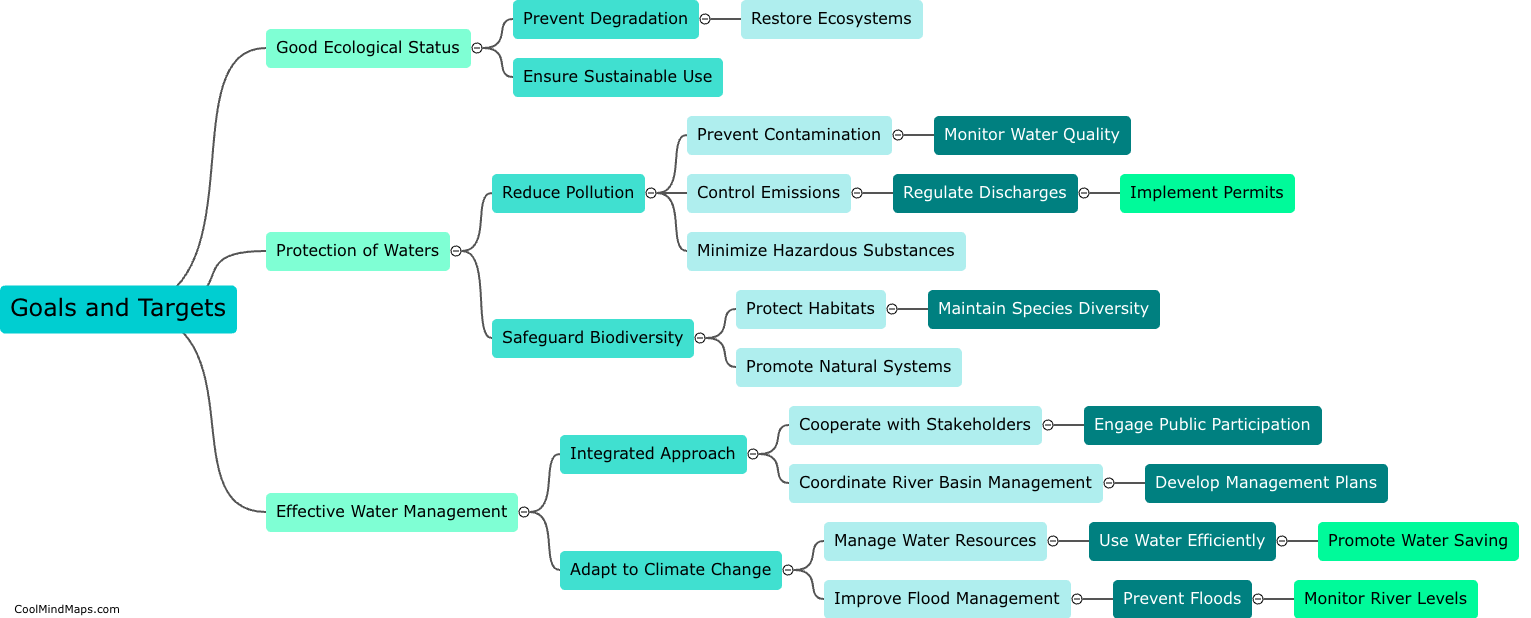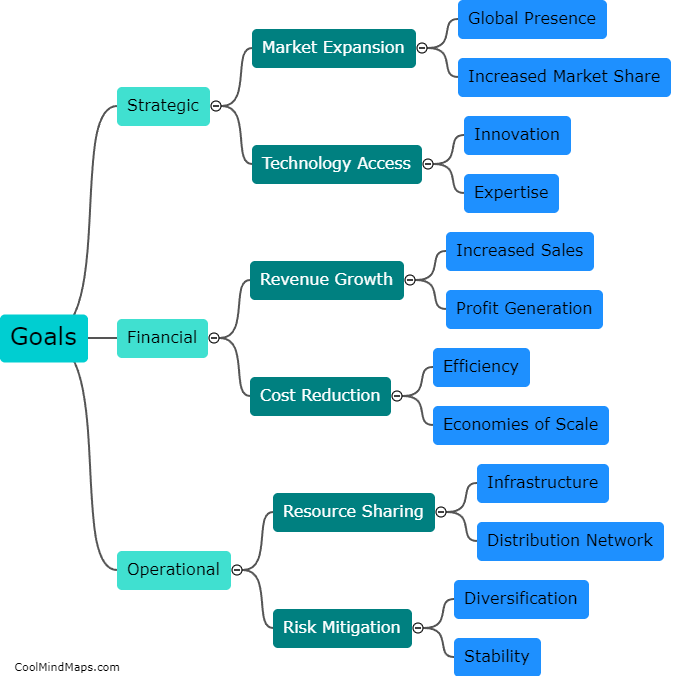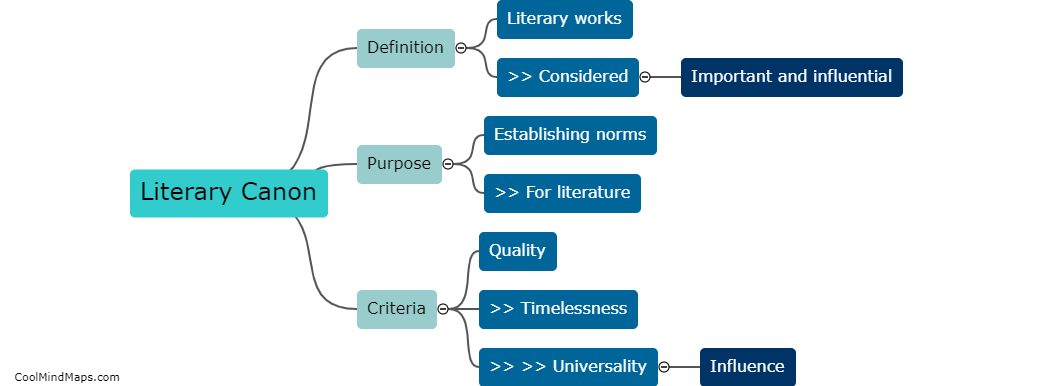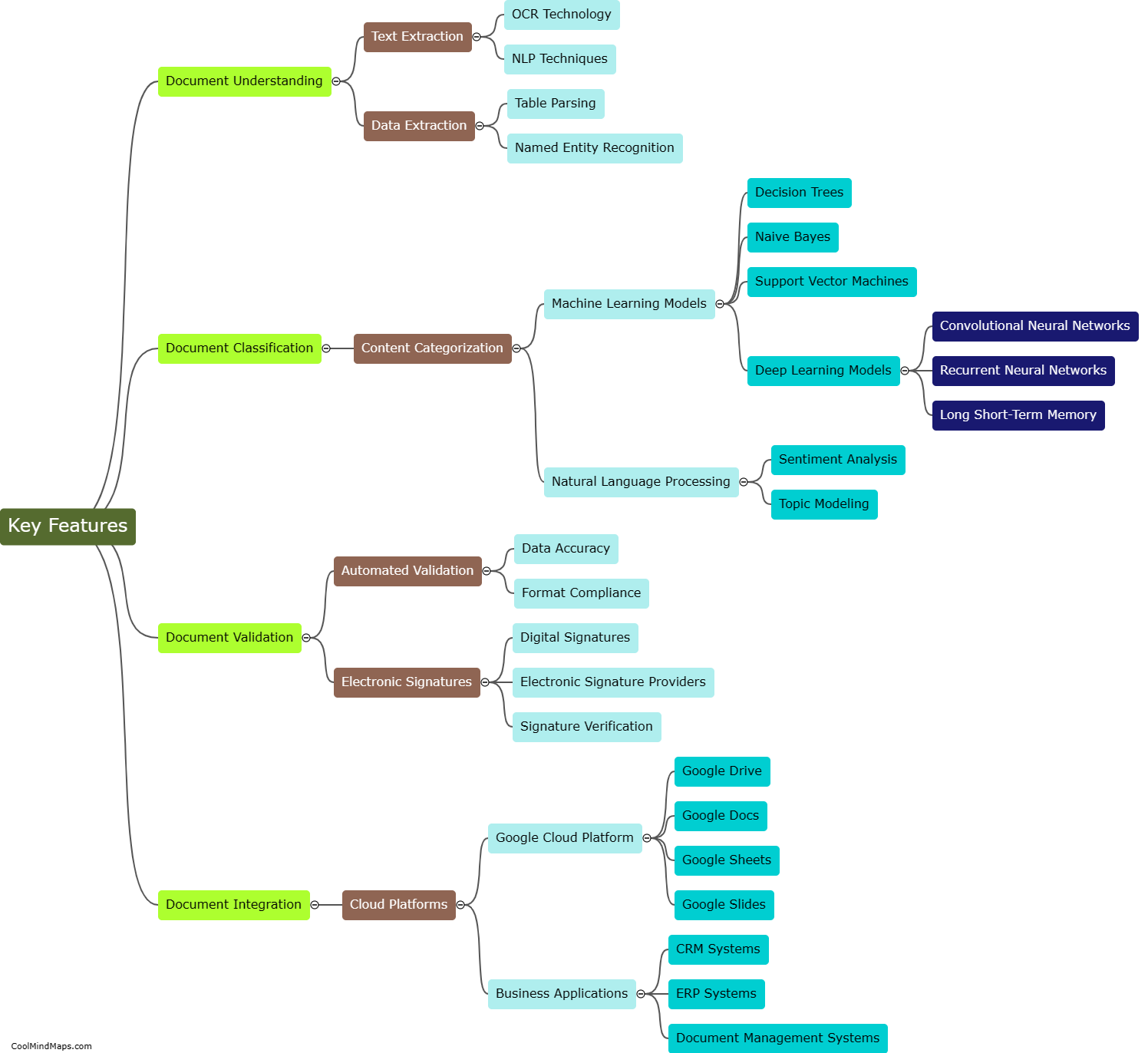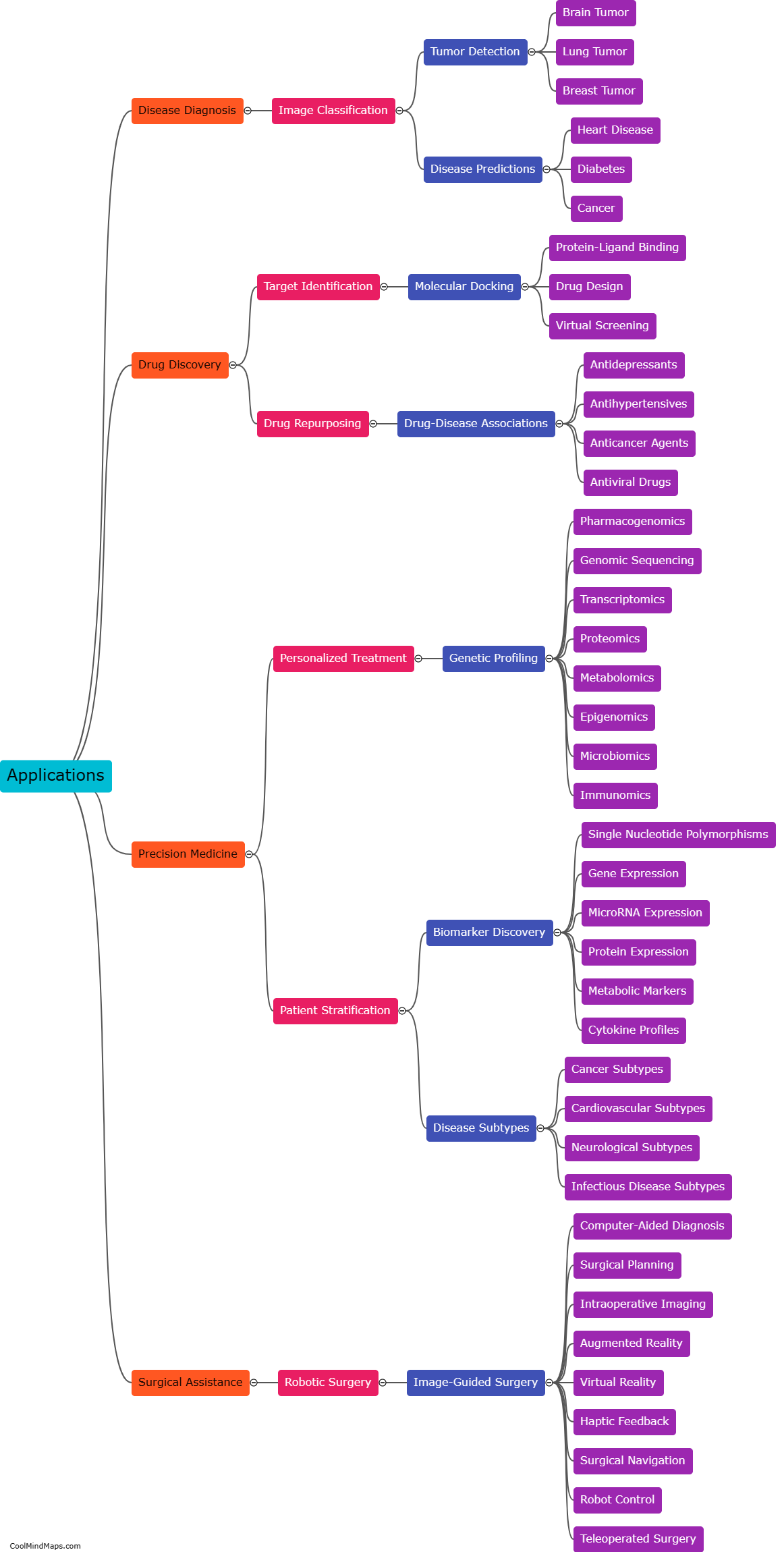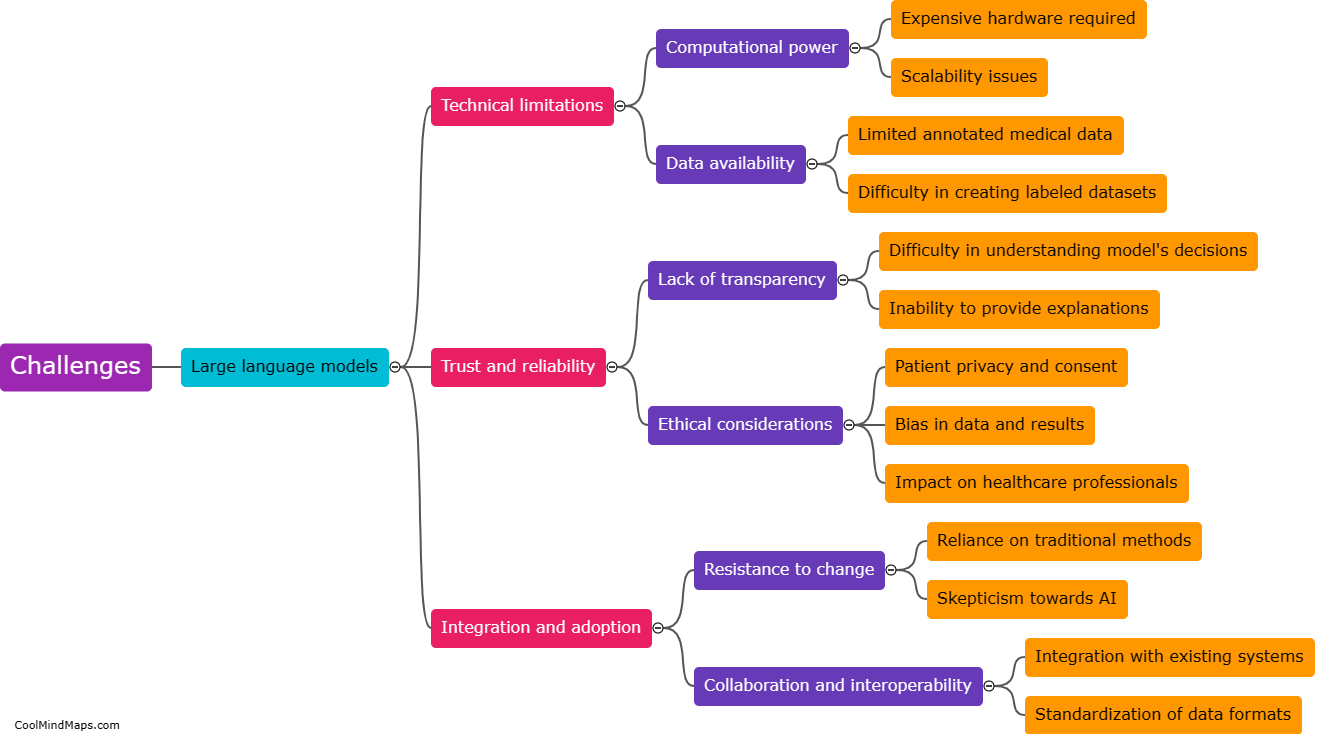How are large language models used in medicine?
Large language models are revolutionizing the field of medicine by providing valuable insights and assistance in various areas. These models, such as OpenAI's GPT-3 or Google's BERT, are trained on vast amounts of medical literature and can generate coherent and contextually accurate text. They prove highly informative when used for tasks like medical transcription, where they can convert spoken language into written medical records with high accuracy. They also aid in diagnosing diseases by analyzing patients' symptoms and medical histories, and can suggest potential treatment options based on the latest research and clinical guidelines. Additionally, large language models enable the creation of chatbots and virtual assistants, improving patient interaction and providing immediate responses to their healthcare queries. As their training improves and they gain access to newer research, these language models are poised to transform medicine even further, offering unprecedented support to healthcare professionals.

This mind map was published on 30 July 2023 and has been viewed 125 times.


